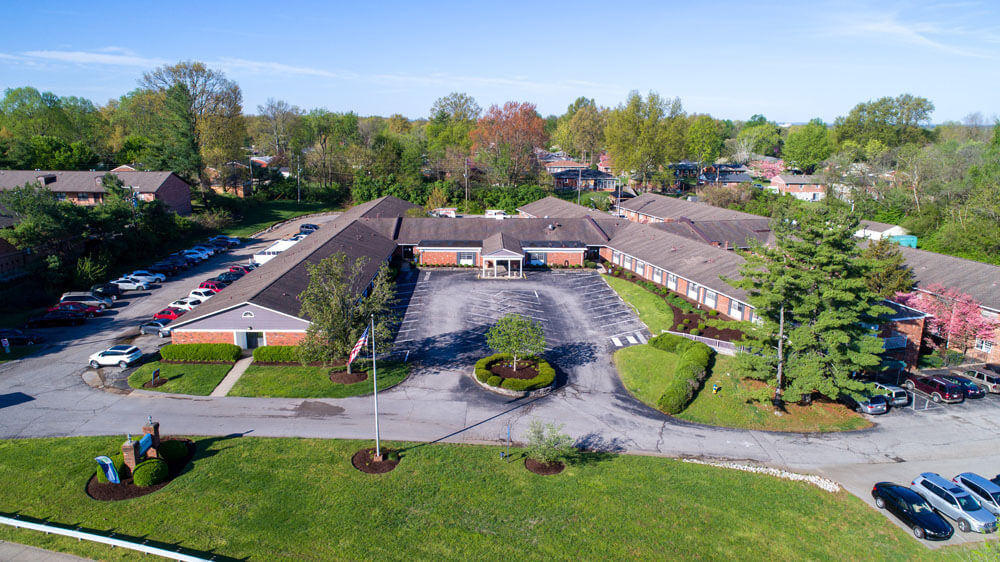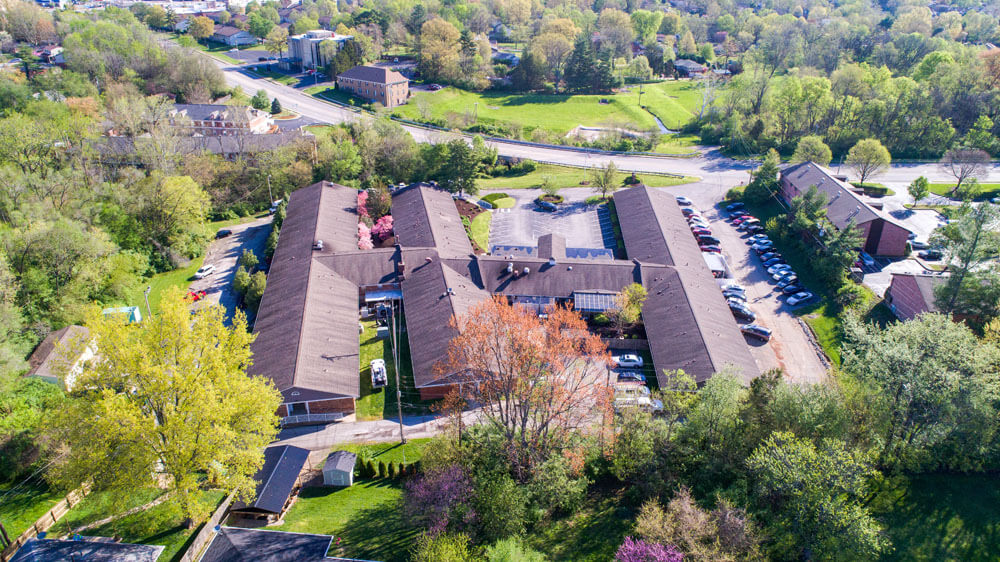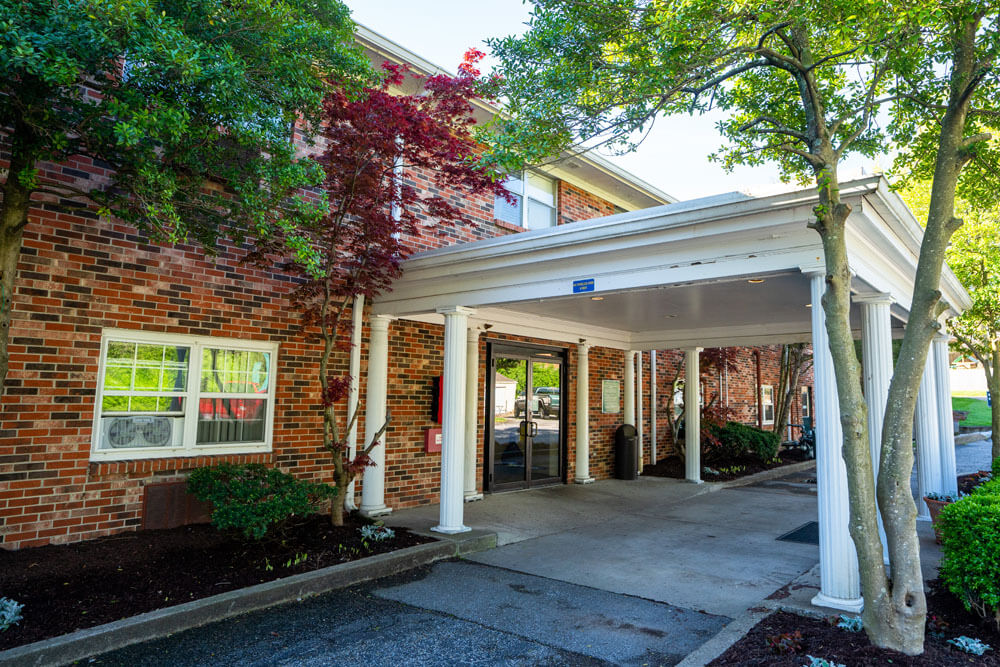
Get Ready for the Dog Days of Summer: Five Health Benefits of Owning a Dog
You’ve heard it said, “An apple a day keeps the doctor away”, but you may not have heard “A dog is good for your health.” Some people think dog ownership means dog hair on the sofa, veterinarian bills, and an extra mouth to feed, but recent medical research may change that way of thinking. Research has shown a number of surprising health benefits of dog ownership, especially in older adults.
- Dog ownership is good for your heart.
Studies show that owning a dog reduces blood pressure, cholesterol, and triglyceride levels, three factors that contribute to heart health. In addition, for those who have had a heart attack, studies show that dog owners have higher recovery rates.
The largest study of the health benefits of dog ownership followed the health records of more than 3.4 million people in Sweden for 12 years. The study, published in Scientific Reports, showed that owning a dog is linked to a longer life, especially for people who live alone. Dog owners were found to have a lower risk of death from cardiovascular disease and from other causes than people who did not own a dog.
Typically, older adults who live alone have a higher risk for early death than those who live with other people, but the study found that those who lived alone with a dog had a 33% reduced risk of death and an 11% reduced risk of cardiovascular disease.
- Dog owners make fewer visits to the doctor.
Pet owners over the age of 65 have been shown to seek medical help almost 30% less than older adults without pets. A Journal of Personality and Social Psychology study found that pet owners on Medicare “reported fewer doctor contacts over the 1-year period than respondents who did not own pets.”
- Dog ownership increases physical activity.
Dog owners spend more time outdoors and are more active. A study in the journal Gerontologist found that older adults who walked dogs had “lower body mass index, fewer activities of daily living limitations, fewer doctor visits, and more frequent moderate and vigorous exercise.” A dog has to be walked even in bad weather, so there are no excuses.
Some older adults may be limited in their ability to go for long walks around the neighborhood or in the park, but many fun activities can be done at home to keep both owner and dog active.
- Hide a treat. Hide treats or even toys around the house or yard. Finding the item will provide mental stimulation for your dog and entertainment for you as you watch them hunt for the treat or toy. You can also buy dog toys and puzzle games that allow you to hide a treat inside or put a small amount of peanut butter in a Kong brand toy. Chopped carrots are also a safe, healthy treat.
- Teach obedience. Make learning basic commands like ‘sit’, ‘stay’, ‘down’, and ‘come’ into a game. Reward the effort with a treat or playtime.
- Tug of War. Use an old sock, a rope toy, or even braided strips from an old T-shirt to make a tug-of-war toy. Be careful to avoid an accidental bite and always let your dog win.
- Play fetch. Softballs or stuffed toys are great for indoor fetch. Use a racket ball or tennis ball in the yard. Remember that you don’t need to throw the ball very far to give your dog exercise and entertainment.
- Play “chase”. Older adults can invent safer ways of playing chase with their dogs. Most dogs love to chase the light from a small laser light or pen light as it shines on the wall. Buy a bottle of bubbles and watch your dog chase the floating bubbles.
- Invite grandchildren or other young people to play with your dog. You’ll enjoy watching them play and your dog will be ready for a nap when the children leave.
- Play the ‘Shell Game’. Hide a treat under plastic cups and let your dog find the treat. You can also play “Which Hand” by hiding a treat in your closed fist.
Most of these activities cost very little and just take a little creativity. Always consider your own safety first and avoid falling or tripping.
- Dog ownership increases socialization.
When dog owners walk their dogs, the chance of social contacts increases. A walker with a dog is considered more approachable than someone without a dog. A dog provides an instant topic of conversation and people love to talk about their dogs, so a dog is an instant icebreaker.
- Dog ownership reduces loneliness.
You may know someone who got a dog to combat the empty nest syndrome when their children left home. A dog adds life and noise to a home that can be too quiet. A dog brings purpose and focus to each day, which is one reason dog owners have less depression, especially elderly women.
Loneliness contributes to cognitive decline in older adults. Having a dog is shown to increase serotonin and dopamine, the brain chemicals related to wellbeing. That’s why dog therapy programs in schools, hospitals, and nursing homes are so successful. Dogs also ease the tension between married couples and help calm Alzheimer’s patients.
The responsibilities of caring for a dog give an older person a sense of purpose and a reason for getting up and out. We can care for and talk to our dog. A dog is a friend who offers unconditional love and companionship.
You do the math. Dog ownership decreases blood pressure, cholesterol, triglyceride levels, doctor visits, loneliness, and stress. Dog ownership adds to activity level, social connections, wellbeing, serotonin and dopamine levels, and sense of purpose. When you add it all up, it’s easy to see that the health benefits of dog ownership are worth the expense and a little dog hair.
To see more research, go to these links.
Scientific Reports study: https://www.nature.com/articles/s41598-017-16118-6
Journal of Personality and Social Psychology study: http://psycnet.apa.org/record/1990-31740-001






